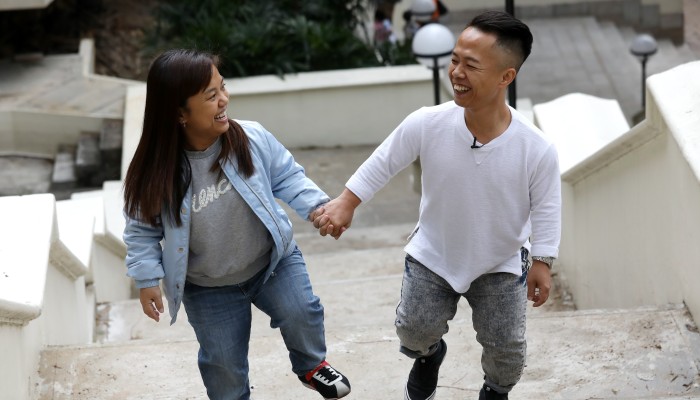
After two years of dinner dates, movie outings and joint fitness sessions, Pierre Cheung Chun-kong, 34, and girlfriend Katy Choi Wing-kei, 38 – like most loving couples – are considering marriage.
But they do not intend to have children, because they fear passing on a condition to their young ones.
“I would be heartbroken to see our kids go through what we have experienced,” Choi says.
The couple first met at an event for people with dwarfism, a condition which causes a person to be considerably shorter than average, most no taller than 147cm.
There is a 50 to 75 per cent chance of parents with the condition passing this on to their children.
According to survey results released by City University in December, 60.3 per cent of 523 respondents without dwarfism feel little people in Hong Kong are discriminated against, and 22.6 per cent view the degree of discrimination as serious or very serious.
More than four in five respondents say they have inadequate understanding about dwarfism.
The study sheds light on misconceptions about the condition. People with dwarfism are often perceived as less capable or smart, although the only difference is in their physical appearance.
Despite the challenges, Cheung and Choi remain upbeat and maintain a zest for life. She is 120cm in height and he is a slightly taller 125cm.
“I didn’t plan to be with someone as short as me. I wanted to find someone who is of normal height so he can help me in daily life, like reaching for things that I can’t get to,” Choi says.
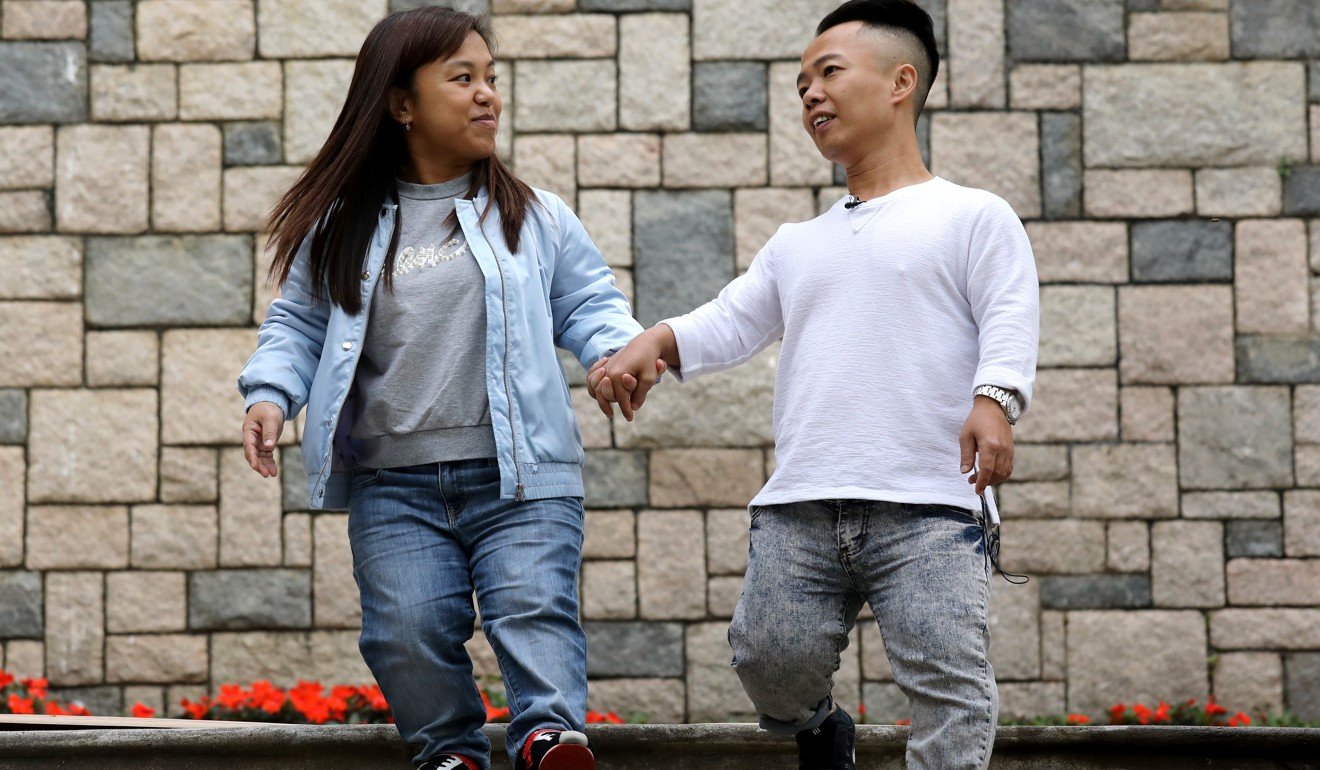
But fate had other ideas – her boundless energy and smile caught Cheung’s eye at an event, and it was he who made the first move to get her number and text her, their interaction eventually leading to a date.
Now, they play badminton and ride bikes together to stay fit. Cheung, ever the charmer, would also surprise his girlfriend with romantic gestures.
“He took me to a five-star hotel for dinner to celebrate my birthday,” recalls Choi, who works as a human resource assistant in a beverage company.
Cheung, meanwhile, is a self-employed driver who delivers goods for companies.
Diagnosed with dwarfism at two months old, Choi has two elder brothers and three younger ones, all without the genetic condition. The full impact of being a little person did not hit her until she started primary school – by then she was the shortest in her class, and faced nicknames such as “little dwarf”.
“Other students often asked me: ‘Why are you so short? Don’t you eat or exercise?’” she recalls. “I felt so bad that I didn’t want to go to school.”
Other students often asked me: ‘Why are you so short? Don’t you eat or exercise? – Katy Choi, 38
Choi also says she had difficulties carrying an average-sized schoolbag or climbing stairs. She often needed help. In physical education classes, she was left aside watching others play sports.
Cheung had similar experiences.
“I wished I was taller so I can play basketball with others,” he recalls.
There is no official figure on how many Hongkongers have the condition, but the most common form of dwarfism affects about one in 25,000 people worldwide. Local group Little People of Hong Kong, an organisation dedicated to those with dwarfism and their families, currently has about 20 child members.
Most children with dwarfism in Hong Kong go to normal schools, but these often lack proper facilities for such pupils. The few who suffer from more severe forms of dwarfism go to special schools.
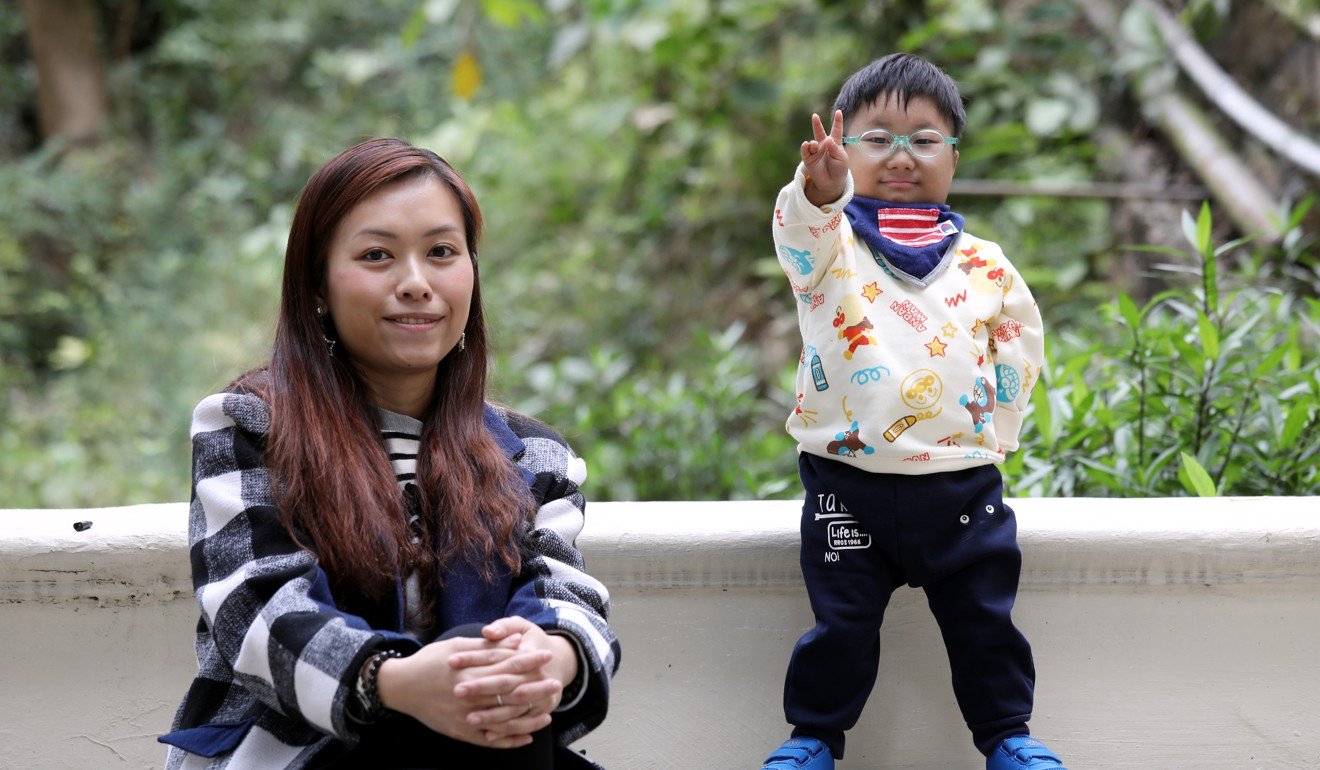
Serene Chu Hoi-yan, chairwoman of Little People of Hong Kong, remembers the difficulties she encountered as a parent of a child with dwarfism. Now eight, her son was diagnosed with the condition at three months of age. When he was old enough to be schooled, she recalls having trouble explaining his needs to teachers.
“Many schools don’t understand dwarfism and don’t know what kind of help such children need,” she says. “These children have physical challenges, but their intellectual development is normal.”
These children have physical challenges, but their intellectual development is normal – Serene Chu, Little People of Hong Kong
For Laura Ng Yuen-wah, the struggle is greater. Her son Jayden, seven, has one of the most severe forms of dwarfism – microcephalic osteodysplastic primordial dwarfism type II. He is 75cm in height and the only one with the condition in Hong Kong.
Diagnosed at two, he wears an air tube to help him breathe and has to go to the hospital to change this every week. Because of the severity of his dwarfism, he attends a special school.
Ng says: “Managing his complications is quite challenging for us. There is no treatment and if complications arise, we can just try to manage them and extend his life.”
Both mother and son are members of Chu’s group.
In public spaces, other challenges for little people centre on standard public facilities, such as toilets, drinking fountains and ATMs.
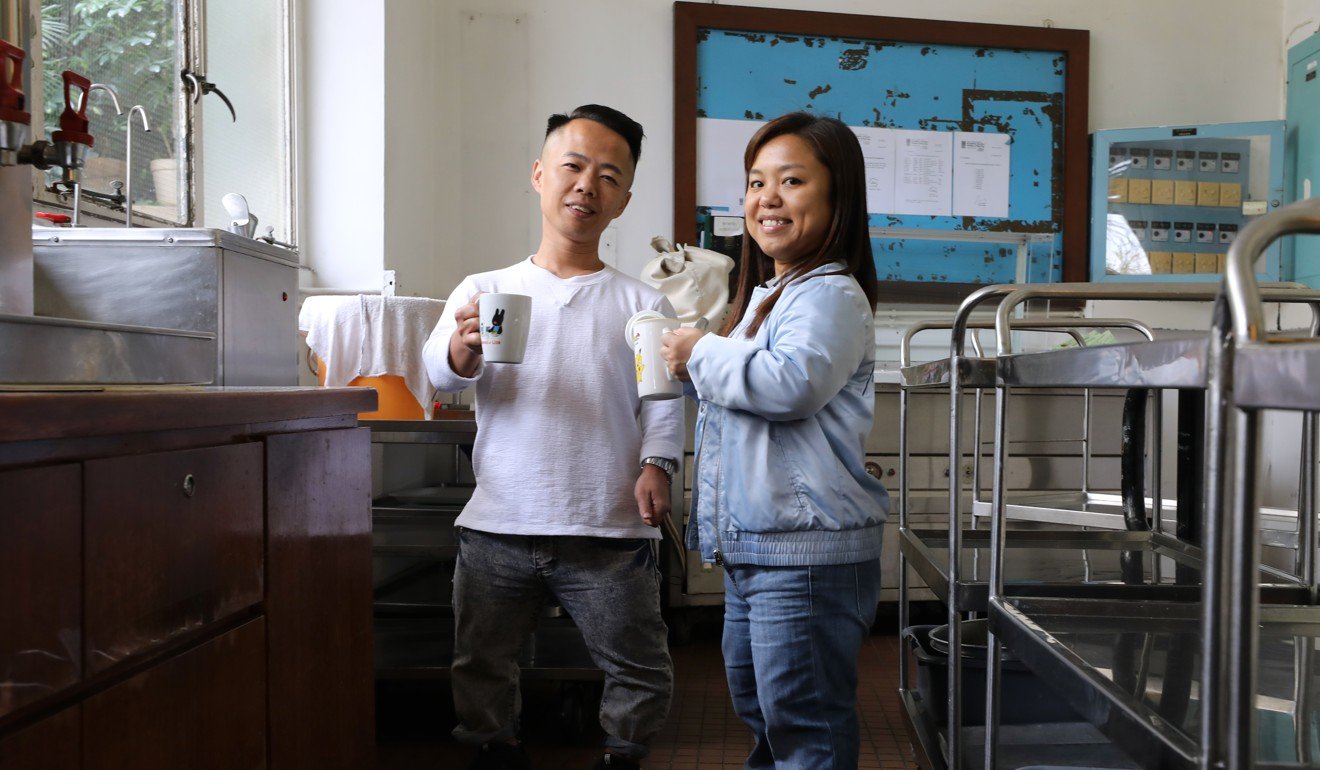
“Sometimes I have trouble getting on buses or minibuses,” Choi says.
Hong Kong’s built-up environment is designed to be barrier-free, but the emphasis is on wheelchair users and people with visual and hearing impairments.
“We need a more inclusive environment. We should move from ‘barrier-free’ to a ‘universal design’,” says Dr Simon Yau Yung, associate professor at City University’s department of public policy.
For example, light switches are normally placed 1,300mm above floor level, which may not be as accessible for some, Yau says. He suggests lowering this height to about 750mm.
We need a more inclusive built environment. We should move from ‘barrier-free’ to a ‘universal design’ – Dr Simon Yau Yung, City University
But, it may be social discrimination that is the bigger issue on hand.
People with dwarfism often have trouble finding jobs – after graduating from secondary school, Choi went on a six-month hunt for clerical work, but was always told to wait for a callback which never came.
“I’m very outgoing and active, but because of my condition, I can only do clerical work,” she says.
She landed her current job through the Selective Placement Division of the Labour Department which helps people with disabilities. She has worked there for 15 years.
Cheung also recounts bitterness he felt at work.
“My colleagues seemed sceptical of my abilities. They always looked over my shoulders and sometimes I heard bad words,” he says. “I had low self-esteem.”
In his quest for a better work environment, he took driving courses for light goods vehicles in 2016, and passed it last year. Now self-employed, he drives a white delivery van which is modified to suit his height.
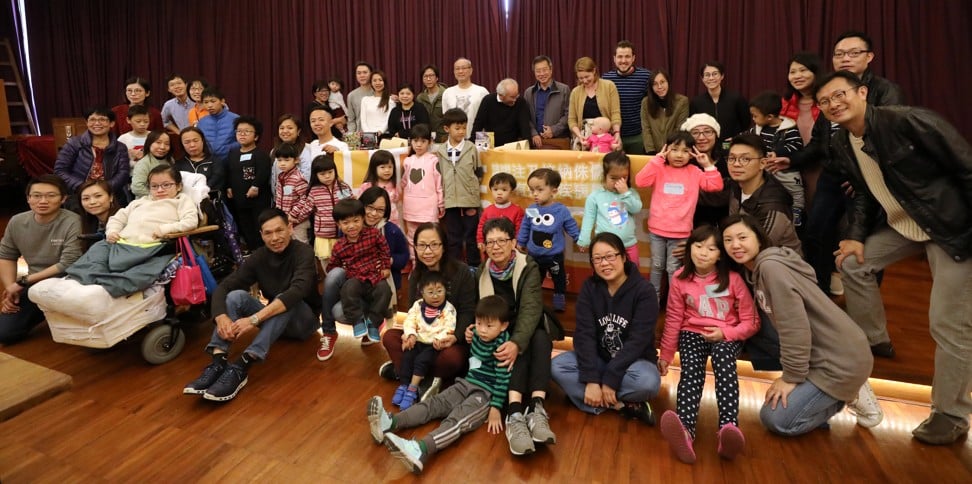
Couple time for Cheung and Choi also includes community work. Having gone through the hardships, they want to make a difference for others.
Choi is an executive member of Little People of Hong Kong. With Cheung and other volunteers, they organise activities for children with dwarfism and share their experiences. Just last week, they met child members and their parents at the organisation’s annual gathering at the University of Hong Kong.
At the event, parents shared their stories to encourage one another.
“I have watched many of these children grow up,” Choi says.
“Despite our short limbs, we are as smart as others and we can likewise make contributions to society.”
“They are role models for children with the same condition,” Serene Chu says.







